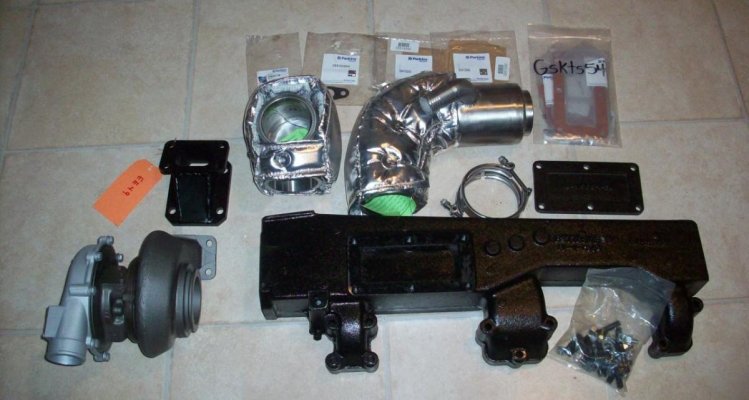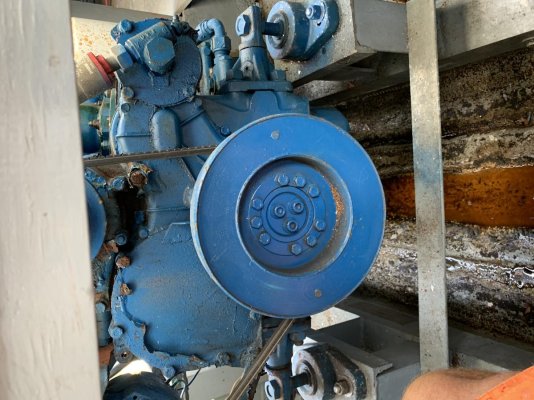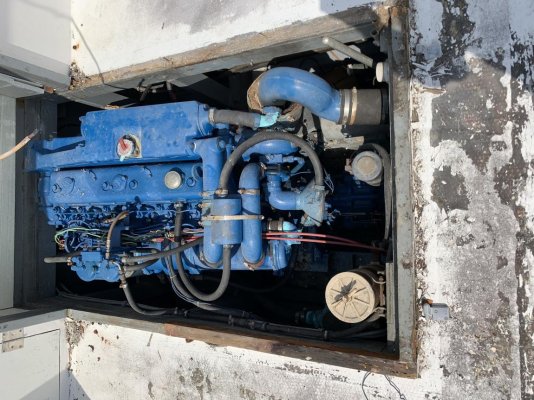STB
Guru
UPDATE w/ Perkins 6.354 manifold (nat)
Now, yes, there is another one in Alabama, but they're also around $2800.00. It's just a darn manifold!!!!
But its come to my attention that there may be a third option that will help me get this boat out from port. Apparently perkins blocks are ford blocks and the ford Lehman manifold will in fact mate. Now granted, there will need to be a couple modifications, but it's my understanding, from others that have contended with the same issue and stated that they've had it done before, that the Lehman parts are readily available and will work. Has anyone else ventured into this same idea?
Thanks guys.
My friend, why are you torturing yourself?
Perkins 6.354 blocks are not ford blocks (.) A Lehman manifold will not work (.)
I warned you about the turbo manifold -- and I'm now warning you about a ford manifold. Danger! Danger! Will Robinson!
Get a manifold made for the engine. To get something else and make it work will take very skilled welding, grinding, and/or machining and a lot of time. It could possibly be easier to make it from scratch.
There isn't an issue here to contend with. There are two different suppliers of new parts custom made for the engine that will simply bolt on. I strongly recommend that you just procure and install one of them now -- because you will eventually (or find a used one).
The stainless steel manifold is $2800 because it is high grade stainless steel and will resist corrosion, ensuring a long service life, and protect your engine from the really bad things that can /sometimes/ happen when a water-cooled manifold fails. It'll last longer than a carbon steel manifold, so it should be the last one you ever need to buy.
A $2800 major engine part that is expected to last 20+ years isn't over priced. If it was carbon steel and expected to be a 5 year scheduled replacement part, i'd feel different. But, basically, it is the major component of a once per generation exhaust overhaul.



